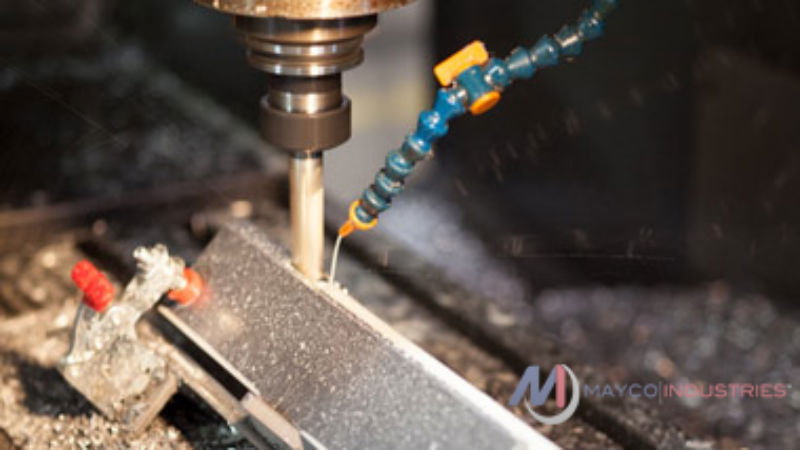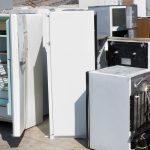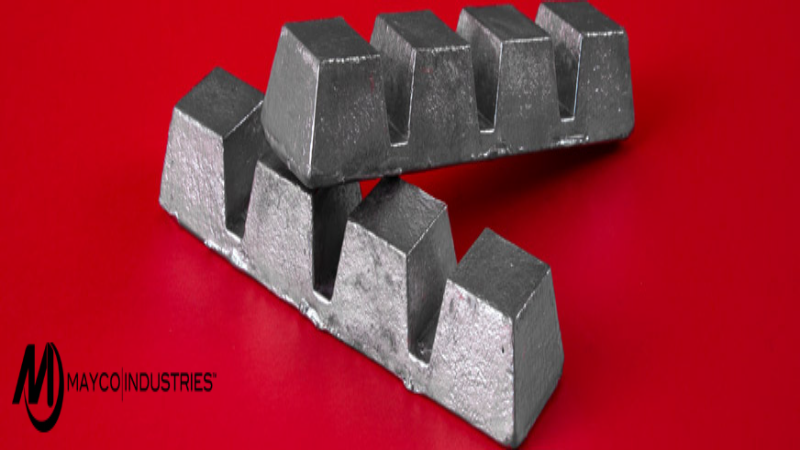While X-rays and medical imaging have been around for decades, the research about the relevance of having the correct type and level of radiation shielding for patients and medical staff or for employees working in industries using radiation continues to evolve.
X-rays and exposure to radiation have a cumulative effect that can lead to damage at a cellular level in the human body. However, not all X-rays and radiation levels are the same, which is why some radiation is more concerning and protection more essential. Non-ionizing radiation, such as the radio frequencies emitted by cell phones, are very limited and pose little risk to the typical user. The same technology is used in airport body scanners and other types of systems.
In addition to having low output or emission, these same systems also have built-in radiation shielding, preventing most of the radiation from escaping. The same is not true in radiology applications where larger amounts of radiation are used that can potentially cause damage.
The Cumulative Effect
Even with low amounts of radiation used in medical and dental imaging, the cumulative exposure for staff is a concern. This is an issue as this is ionizing radiation, which is different than non-ionizing radiation.
By using approved levels and types of radiation shielding based on the type of radiation produced by a specific imaging machine, it is easy to protect patients from exposure during the X-ray and staff from the risks of cumulative exposure.
Types of Options
Shielding from radiation will be designed based on the specifics of the application. For some types of radiation and exposure, an apron or vest will be all that is needed as the technician can narrow the exposure area on the patient.
With most medical and dental applications, there will also be shielded or plate that is used to protect the technician during the process. The small booth or wall the technician stands behind is designed with shielding lead plate.







